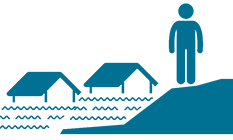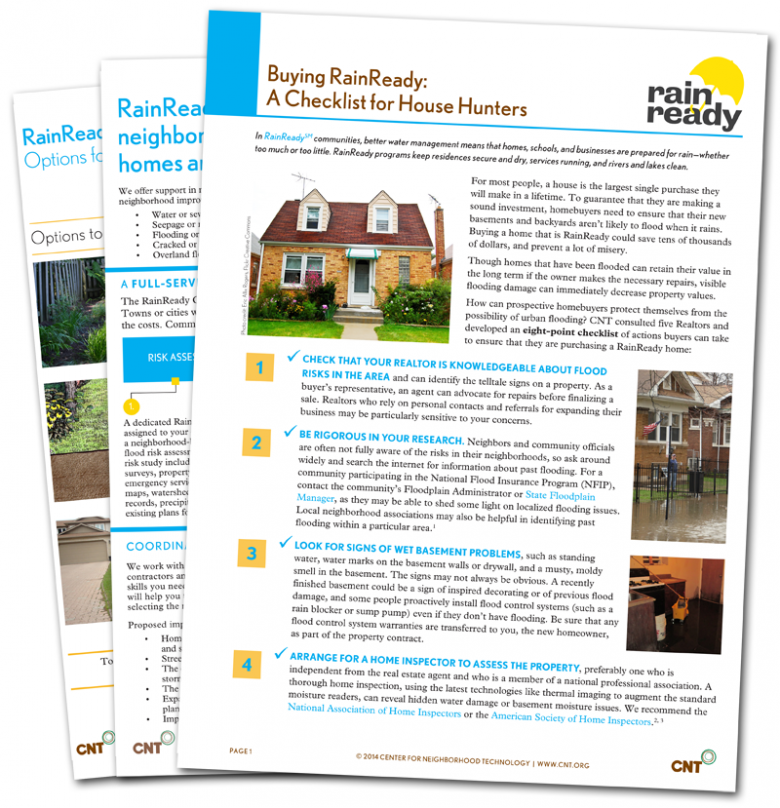Appliances and technologies
To reduce water usage in your home, use high-performance, water-efficient appliances, fixtures, water systems, and accessories—such as toilets, washing machines, air conditioners, shower heads, faucets, and hot water systems. By saving water, you also save energy and money.
Sump pumps, foundation drains, or downspouts are connected to the pipes, exceeding the capacity of the pipe network to carry the waste water during heavy rains. By installing high-performance, water-efficient appliances, fixtures, water systems, and accessories—such as toilets, washing machines, air conditioners, shower heads, faucets, and hot water systems – you can reduce your home’s water use and avoid flooding during potential flood times.
Monitoring & Benchmarking
By labeling products that meet water-efficiency and other performance criteria, the WaterSense and ENERGY STAR programs, which are sponsored by the Environmental Protection Agency, help property owners carefully monitor and control water use in the home. Smart water meters, smart irrigation systems, and rain sensors help minimize water use, while hot-water recirculating systems save on both water and energy use.
There are a growing number of products on the market to help protect properties affected by flooding, such as alarm systems for sump-pumps, home rain gauges, and smartphone flood-alert applications.
Design of your home or office building
Change the layout of the interior and exterior of your property to improve water management. Make sure that rain barrels and cisterns can be easily emptied and are near plants or turf that you want to irrigate. If water regularly enters your building, you can minimize damage by placing appliances, furnaces, hot water heaters and electrical panels above the typical flood level on wood or concrete blocks. When making upgrades use water-resistant building materials. If you know your basement is prone to flooding, try to keep it unfinished.
Wet and dry floodproofing
Wet floodproofing may seem counterintuitive, as it allows floodwaters to enter your building or home (typically just the enclosed lower levels or crawlspaces). Where flooding is a routine occurrence, however, this can be a good strategy. If a large volume of flood water is not allowed to flow into a building easily, it can exert extreme pressure against walls and foundations—reducing their structural integrity. The installation of properly sized and positioned flood vents or openings allows floodwaters to enter and exit a home’s enclosed lower levels, bringing the inside and outside pressures against walls into equilibrium.
Dry floodproofing takes an opposite approach by making the flood-prone levels of a home watertight to prevent floodwaters from ever entering. This can be accomplished by covering walls with waterproof sealants and installing watertight shields over doors and windows. Floodproofing systems include floor drain guards, standpipes, sump pumps, backwater valves, overhead sewer pumps, and interior and exterior drain tiles. Prices range from as little as $20 up to $10,000 or more.





 Strengthening Transit Through Community Partnerships
Strengthening Transit Through Community Partnerships






